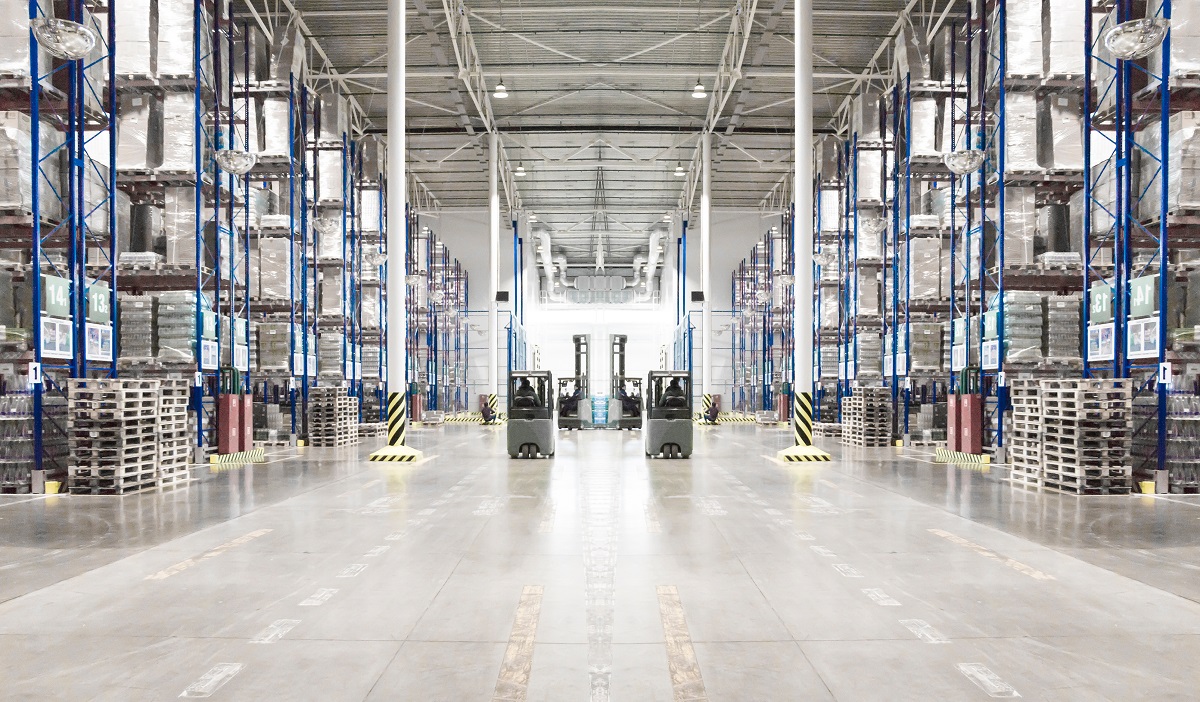If you’re a small business owner, you’re more likely to rent a warehouse instead of buying one. You’ll need a space that’s efficient enough to accommodate the growing volume of your goods. But considering the scale of your enterprise, there would be no need to account for logistics automation and other things required by mega-corporations.
However, that doesn’t mean you should immediately settle for the cheapest and smallest warehouse available. There are still important considerations you have to make, as choosing the wrong warehouse can affect your operations and customer service.
That said, let’s identify the good and the bad qualities of a warehouse to help you choose.
1. Square Footage
The first thing you must assess in a warehouse is its square footage, or size, simply. Ask yourself how much room do you need for your products. Will you be bringing in equipment? If so, see if the space can fit your reach truck rentals. But if you won’t be using such, be sure that you can store every product within arms reach.
Also, consider whether you can design the space efficiently. For example, if you have two to three products with relatively high demand, will you be able to store them in a zone where they’d be easily picked? Putting them close together is ideal so that you can save labour time.
More important, check how the landlord calculates the square footage. It’s better to inspect the actual space you can use because some landlords include the walls in measuring the square footage.
Don’t just decide on your business’s needs now. The area may accommodate the current volume of your products, but will that still be the case after several months to a year?
2. Location
The lease is cheaper on the outskirts of a city than its heart. But cheap rates usually have hidden costs, such as taxes. The climate is another cost-driver. Humid areas may affect the quality of your products, so you’d need an HVAC system for that if the landlord doesn’t provide it.
The workforce is affected by locations, too. Not all areas offer the crew with the skill and price you’re looking for. Thus, research the demographics of the site you’re eyeing.
And of course, accessibility is crucial. Is there sufficient parking space? What about the roads leading to it? Consider the safety of highways, traffic flow, and public transport efficiency. Unsafe roads, inadequate signalling systems, and congested highways will increase your fuel consumption, so take those as red flags.
3. Age and History of Operations

Knowing the age of the warehouse lets you see how it has withstood the test of time. Match the facility’s age to today’s technological advancements. Will it be able to accommodate high-tech equipment and systems? If you’re selling clothes, for example, does the site allow expert handling of those?
It’s critical to find out if the warehouse had experienced handling products from the industry you’re in. Choosing a warehouse designed for raw materials may be harmful to your clothing products, so choose another one if that’s the case.
4. Costs
Since you’re renting, your landlord has to shoulder a portion of the costs. Find out what exactly you will be paying for; does it include repairs and improvements? If you have specific equipment that’ll require particular outlets, does the warehouse provide those? If not, find out who has to pay for it.
Study the operating and maintenance costs. In industrial rentals, landlords don’t usually pay maintenance taxes. Hence, understand every bit in the lease terms, not just its length.
There will be no perfect warehouse, only those with strengths that outweigh the weaknesses. Choose the one with good qualities that suit the nature of your business. Ensure that it will help you meet your goals as well.


